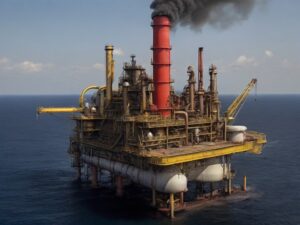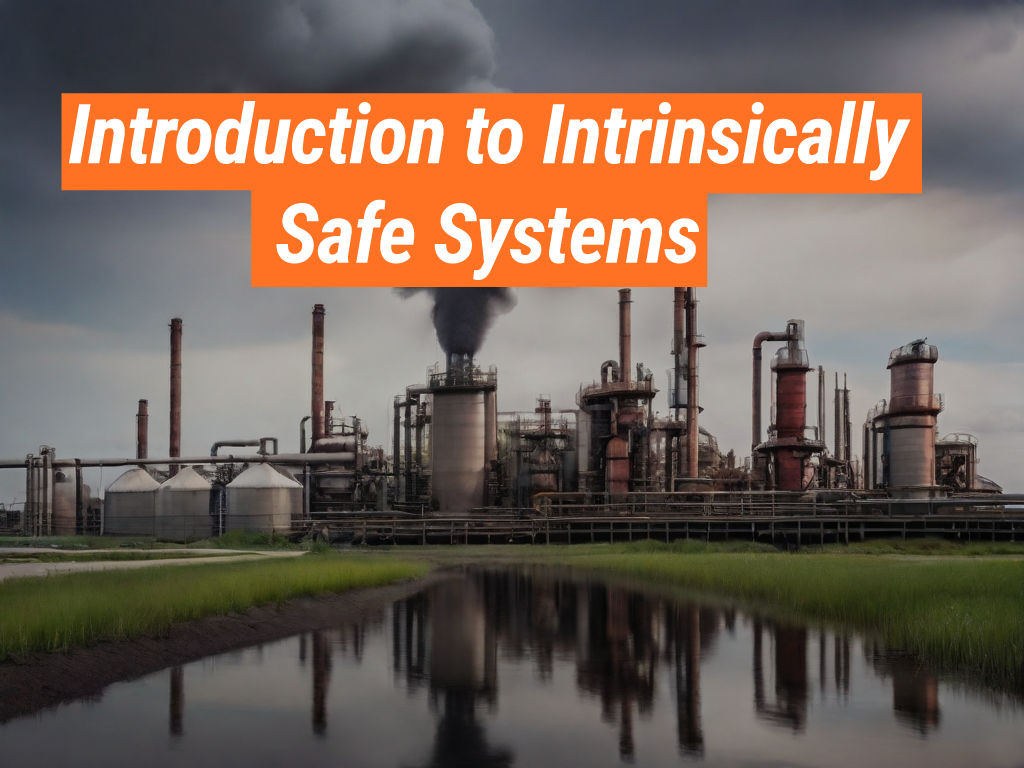When it comes to safety in hazardous environments, nothing is more critical than the use of intrinsically safe systems. These systems are designed to prevent explosions in high-risk areas by ensuring that the energy available for ignition is always low. This article, brought to you by the Intrinsically Safe Store, will provide an in-depth look at these essential safety mechanisms. We invite you to explore our website for a wide range of intrinsically safe products and solutions.
Understanding Intrinsically Secure Systems
Designers create intrinsically safe systems to limit electrical and thermal energy in hazardous areas, which prevents the ignition of flammable gases or dust. These systems not only control energy but also ensure the safe operation of electrical equipment in dangerous environments.
Key Components of Intrinsically Safe Systems
These systems typically consist of three main components:
- Safe Area Equipment: This includes power supplies and interfaces that are located in a safe area.
- Intrinsically Safe Barriers: These limit the energy that can be transferred from the safe area to the hazardous area.
- Hazardous Area Equipment: This is the equipment that operates in the hazardous area, designed to work with low energy levels.
Importance of Intrinsically Safe Systems
Intrinsically safe systems are crucial in industries such as oil and gas, mining, chemical, and pharmaceuticals, where the risk of explosion is high. These systems ensure the safe operation of equipment, protecting both personnel and facilities from potential disasters.

Case Study: The Piper Alpha Disaster
The Piper Alpha disaster in 1988 highlights the importance of intrinsically secure systems. An explosion and resulting oil fire on the Piper Alpha oil platform in the North Sea caused 167 deaths. People largely attribute the incident to failures in safety procedures and systems, which underscores the critical need for intrinsically secure systems in such environments.
Standards and Certifications
For a system to be considered intrinsically safe, it must meet specific standards and certifications. These vary by country but generally include standards such as ATEX in Europe, IECEx internationally, and Class/Division or Zone system in the United States.
Ensuring Safety with Intrinsically Safe Systems
Intrinsically secure systems are an essential part of safety in hazardous environments. They limit the energy available for ignition, preventing explosions and protecting both personnel and facilities. With the right system in place, companies can operate safely, even in the most dangerous conditions.
At the Intrinsically Safe Store, we understand the importance of these systems and offer a wide range of intrinsically safe products and solutions. We invite you to explore our website and contact us for any inquiries or further information.


























